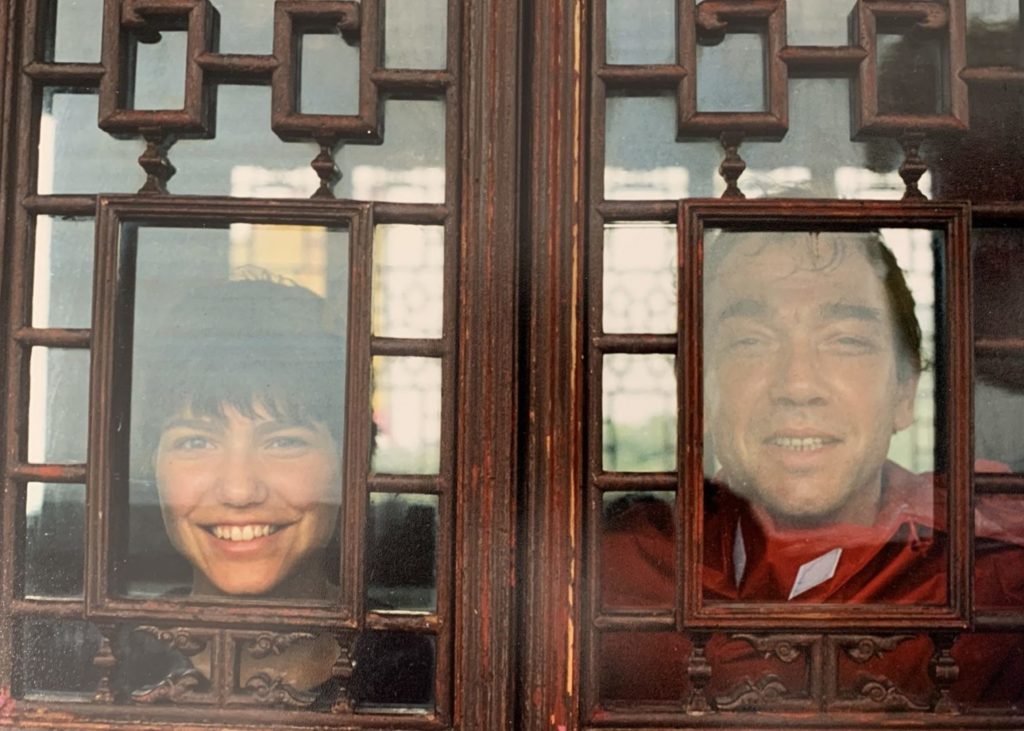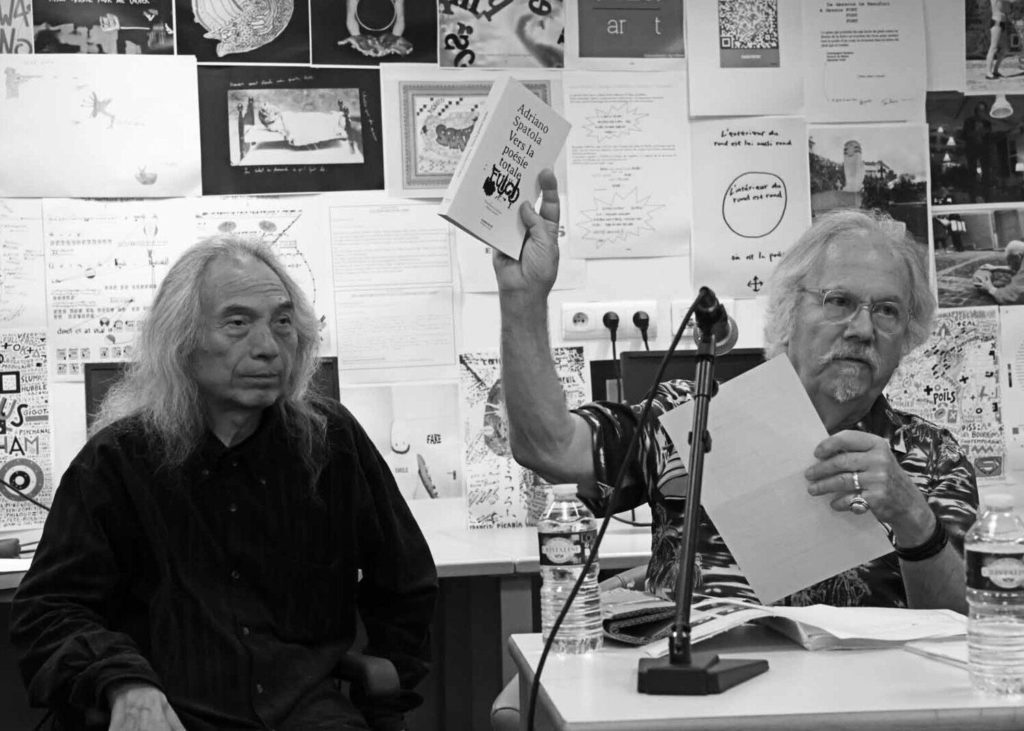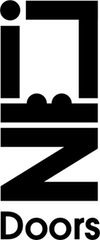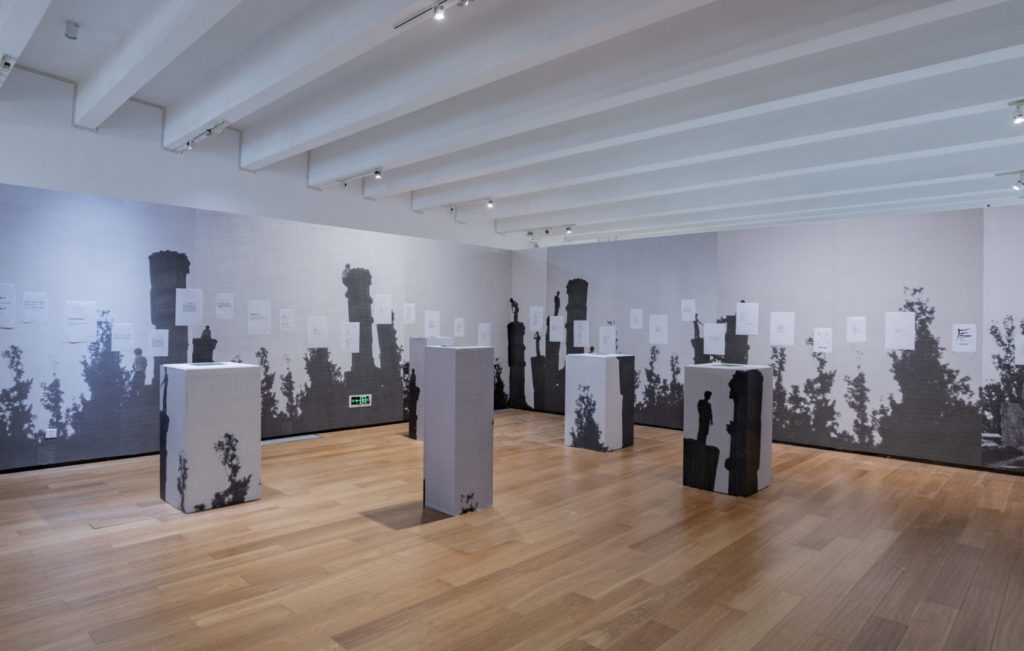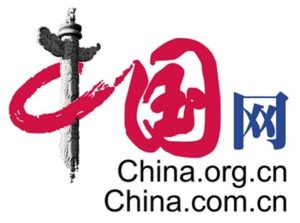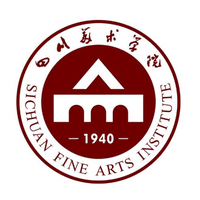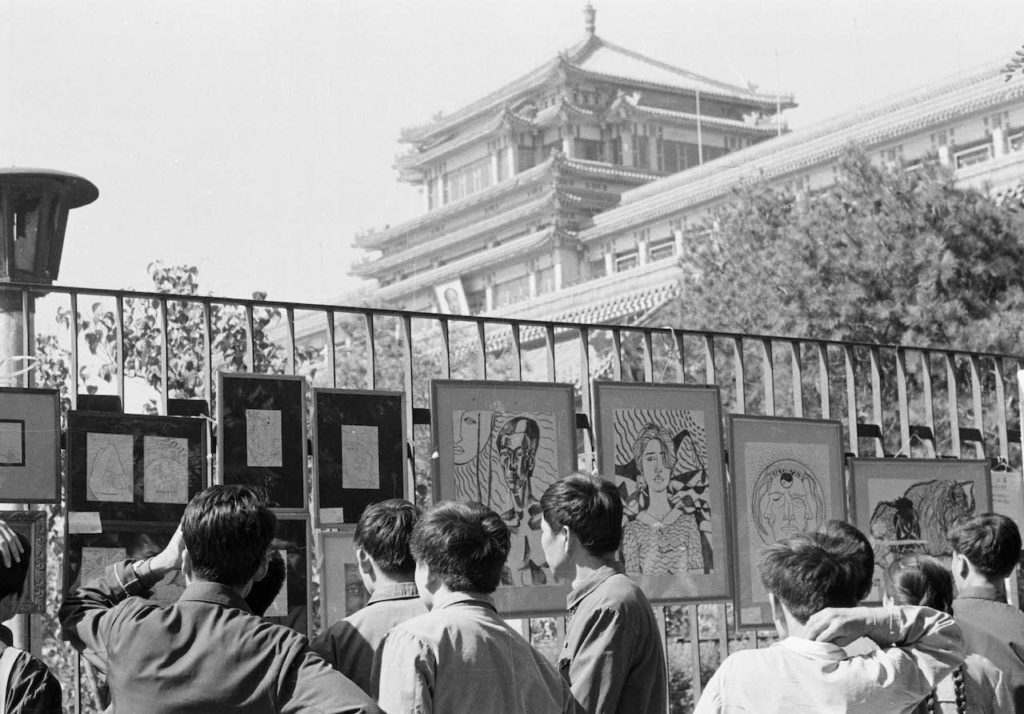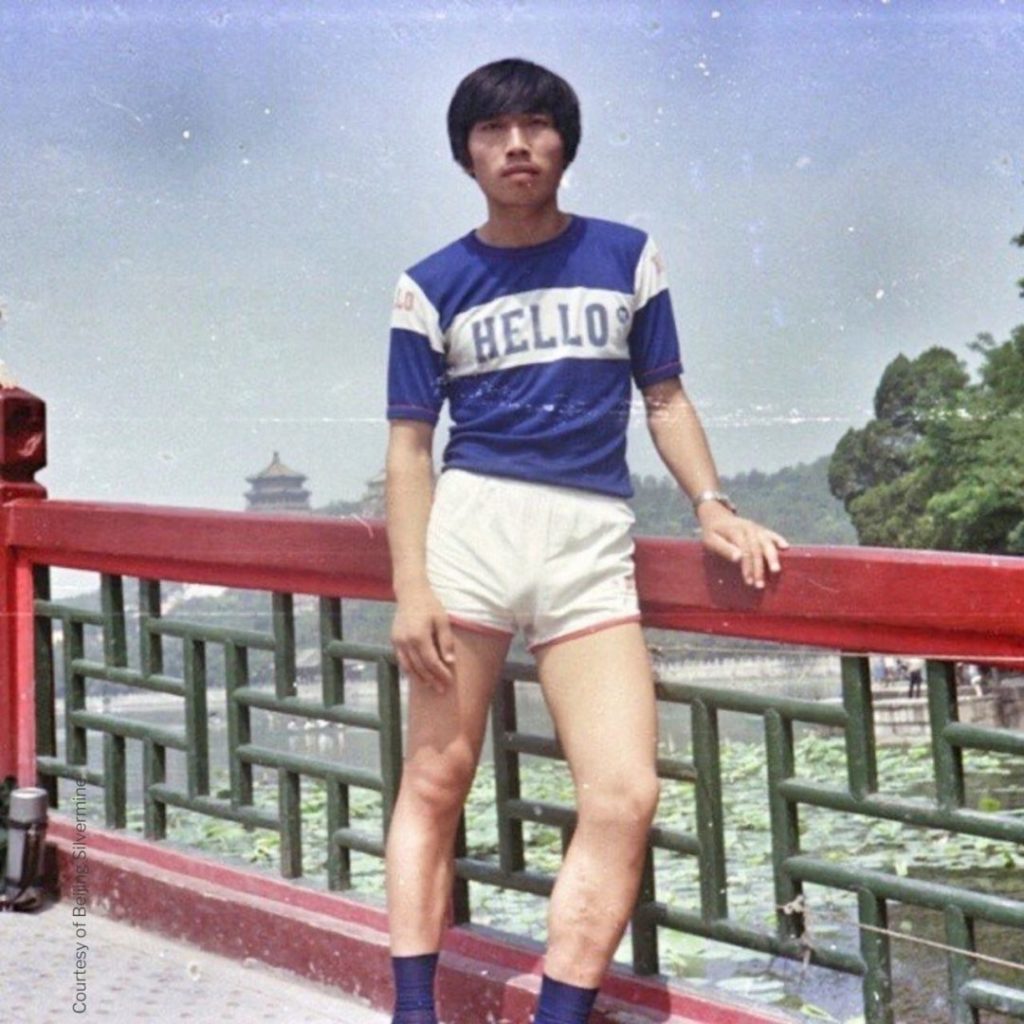Rebuilding everything from a shell is an installation by Victoria Jonathan inspired by what is probably one of the first books published in the West on the Chinese artistic and poetic avant-gardes of the early 1980s. Published in France in late 1981 and presented at the Centre Pompidou in 1982, DOC(K)S. Les non-officiels. Art et poésie en Chine (DOC(K)S. The unofficial. Art and poetry in China) is an issue of the experimental poetry journal DOC(K)S, founded and directed by poet and performer Julien Blaine. At the invitation of Victoria Jonathan’s father, Philippe Jonathan (who signs texts and images under the pseudonym Ferdinand Godard), then a researcher in architecture at Tsinghua University, Julien Blaine spent two months in China in the summer of 1981, meeting artists and poets such as Ma Desheng, Huang Rui, Wang Keping, Bei Dao, Mang Ke…
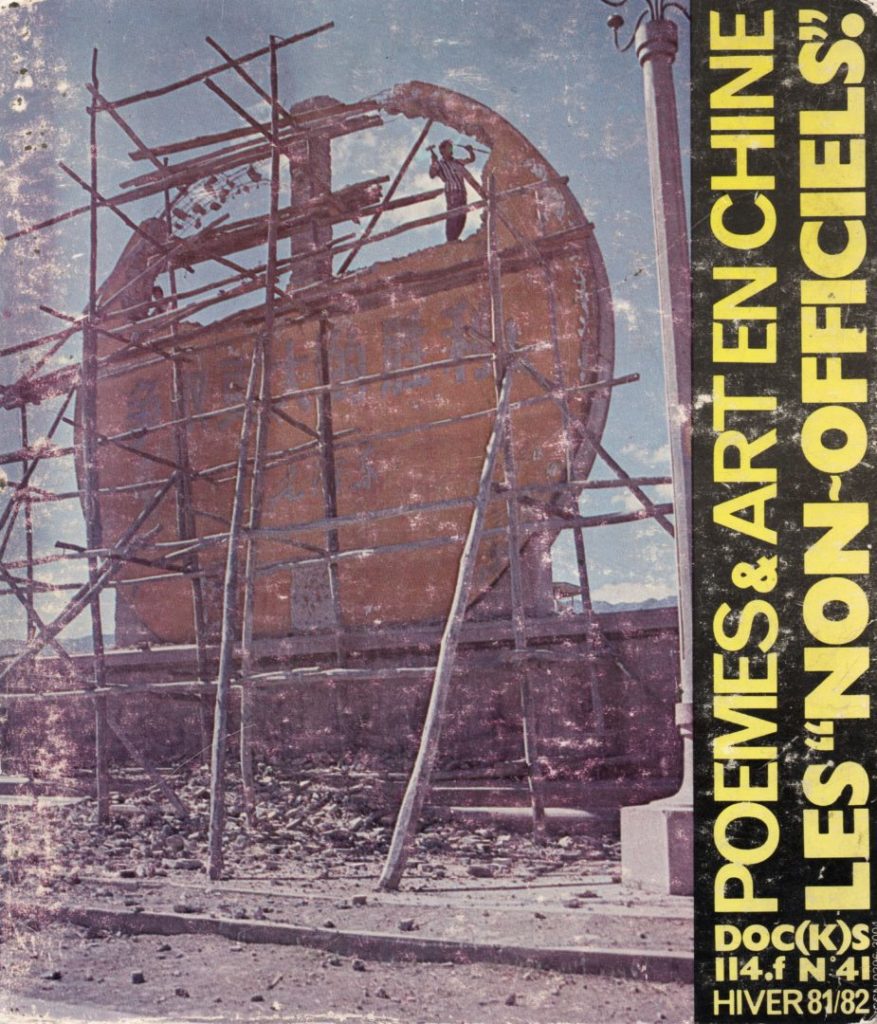
DOC(K)S magazine cover
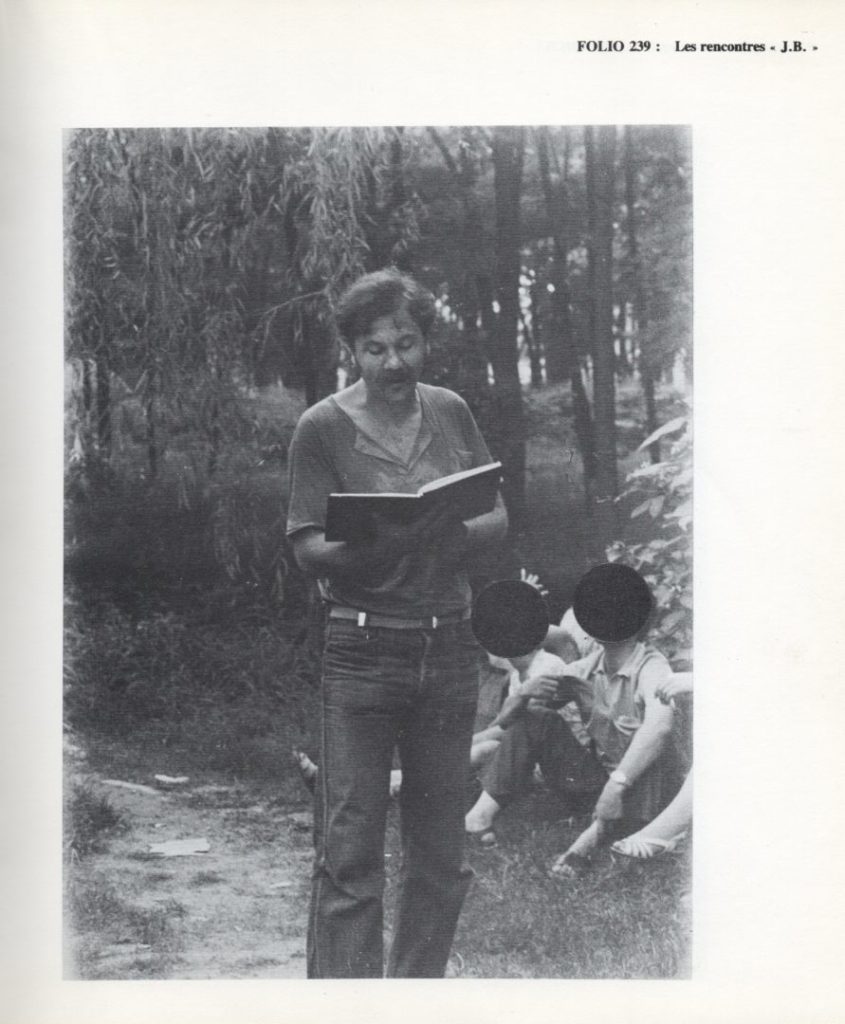
J.B. meetings. Photograph of Julien Blaine. Page from DOC(K)S magazine
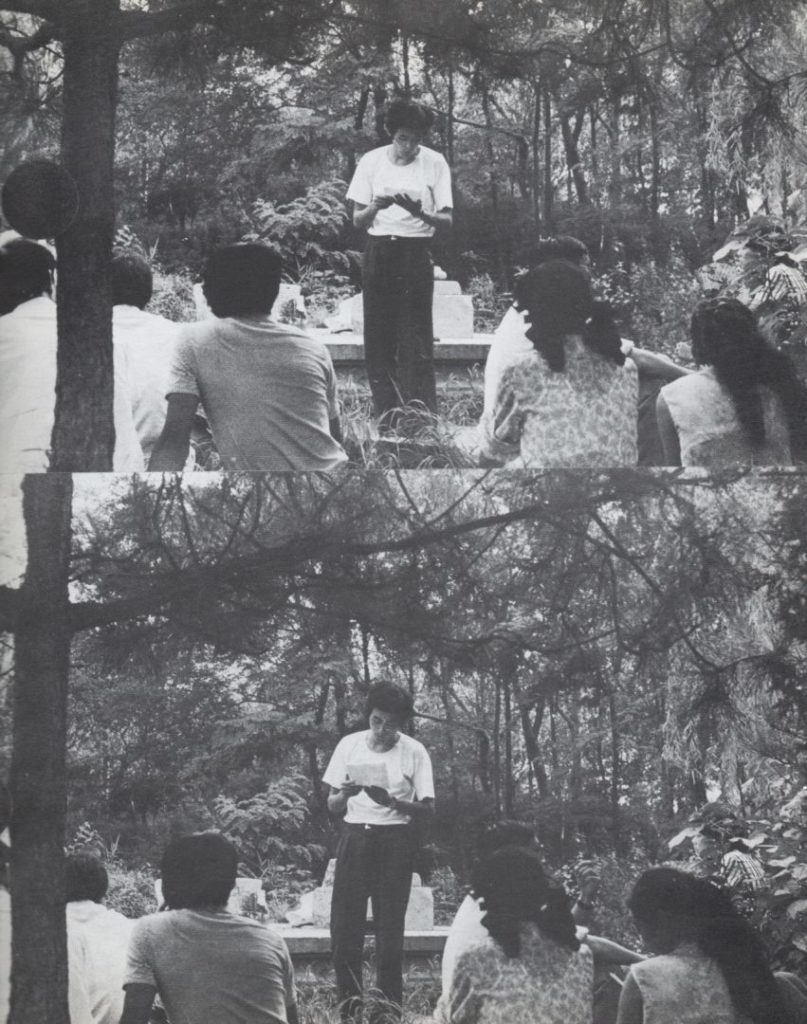
"Yuan Ming Yuan's first international poetry meeting July 1981". Page from DOC(K)S magazine
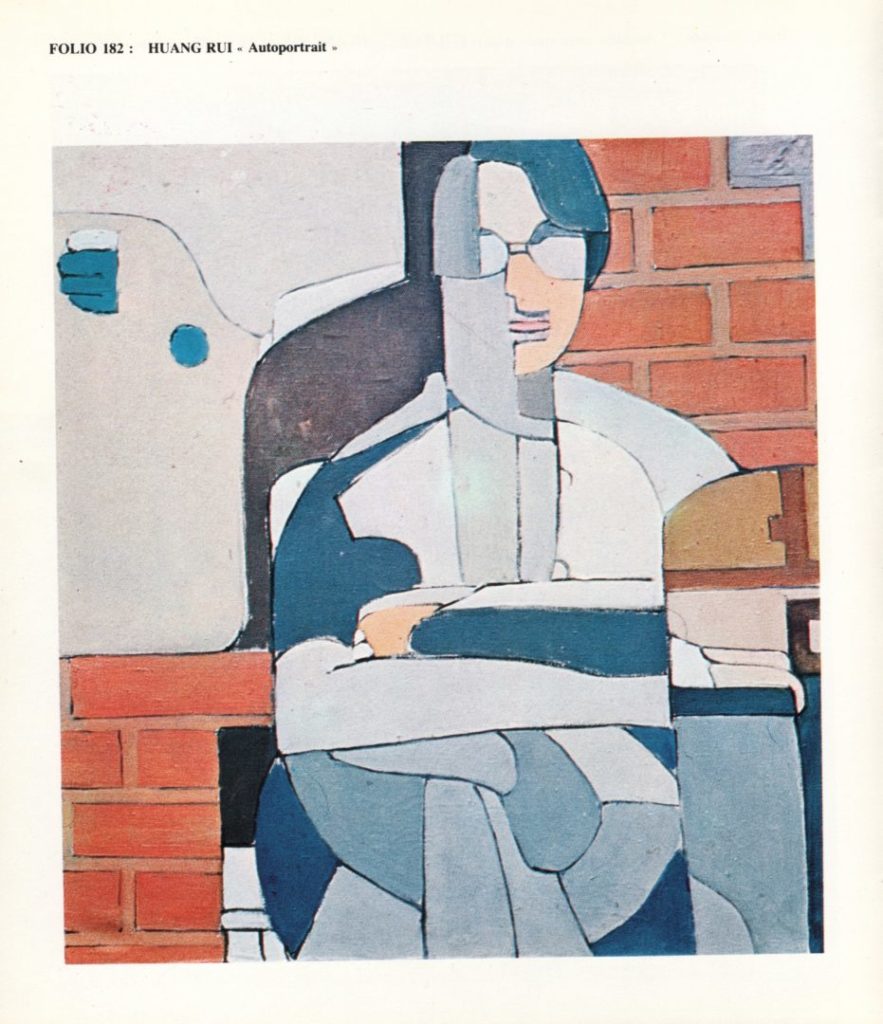
“Huang Rui, Self-portrait. Page from DOC(K)S magazine
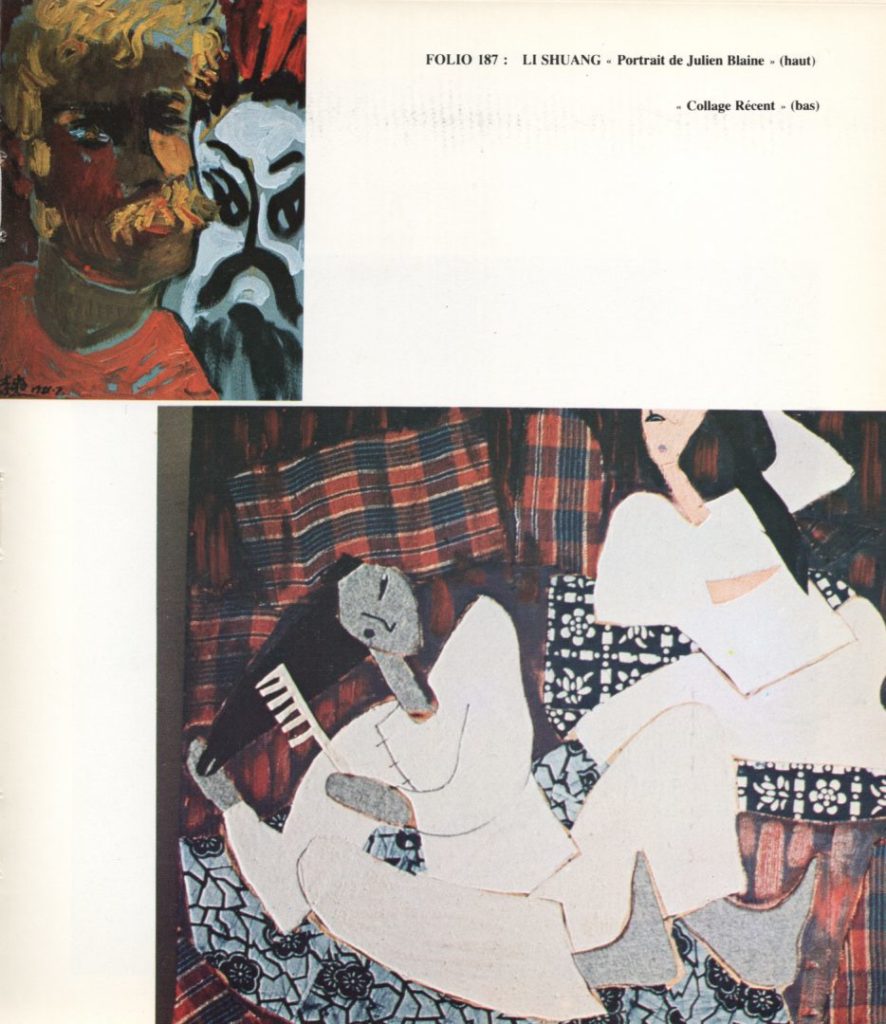
“Li Shuang, Portrait of Julien Blaine (top), Recent collage (bottom)”. Page from DOC(K)S magazine
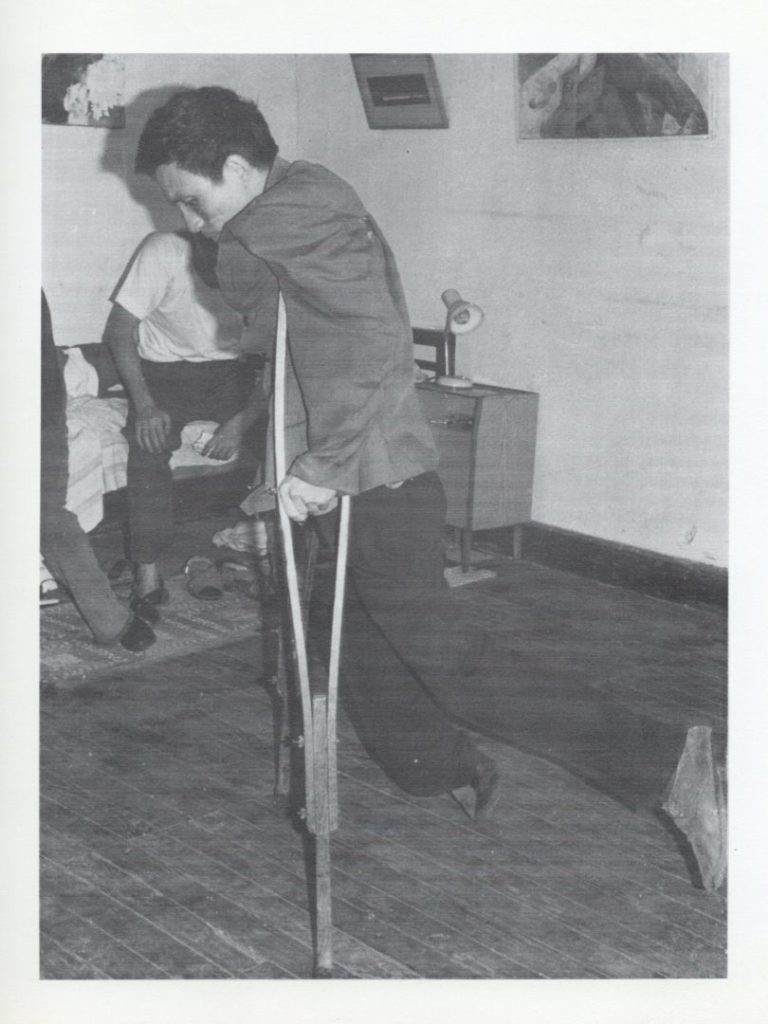
“Photo album, Rock around Ma Desheng “Page from DOC(K)S magazine

DOC(K)S magazine cover

J.B. meetings. Photograph of Julien Blaine. Page from DOC(K)S magazine

"Yuan Ming Yuan's first international poetry meeting July 1981". Page from DOC(K)S magazine

“Huang Rui, Self-portrait. Page from DOC(K)S magazine

“Li Shuang, Portrait of Julien Blaine (top), Recent collage (bottom)”. Page from DOC(K)S magazine

“Photo album, Rock around Ma Desheng “Page from DOC(K)S magazine
Views of the installation
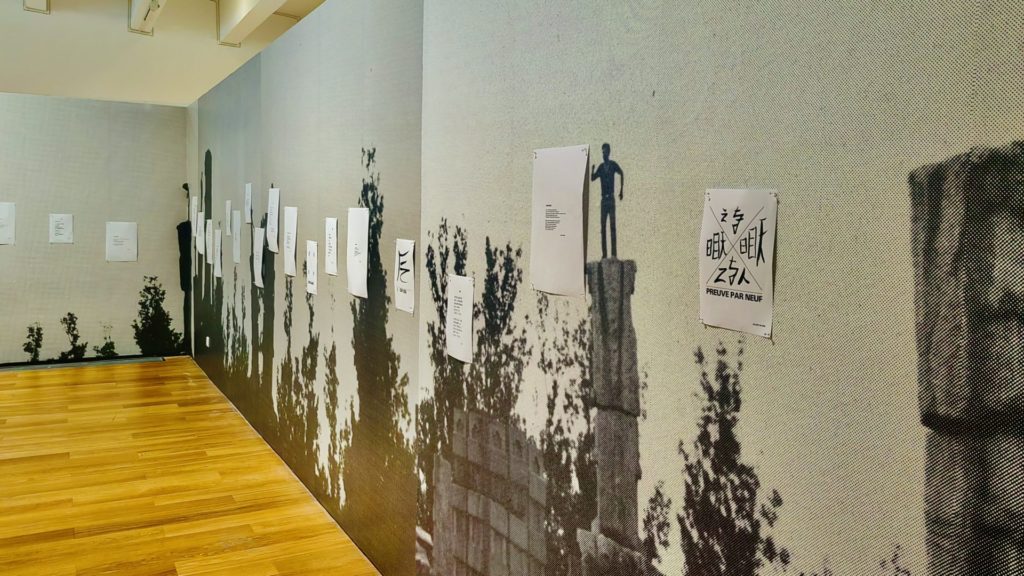
View of the exhibition «Rebuilding everything from a shell», 2024
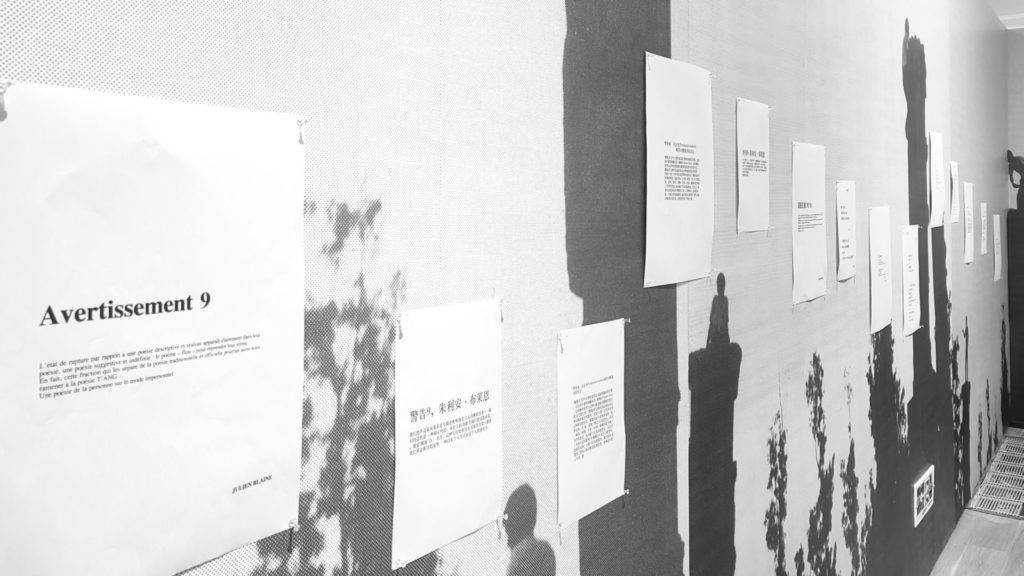
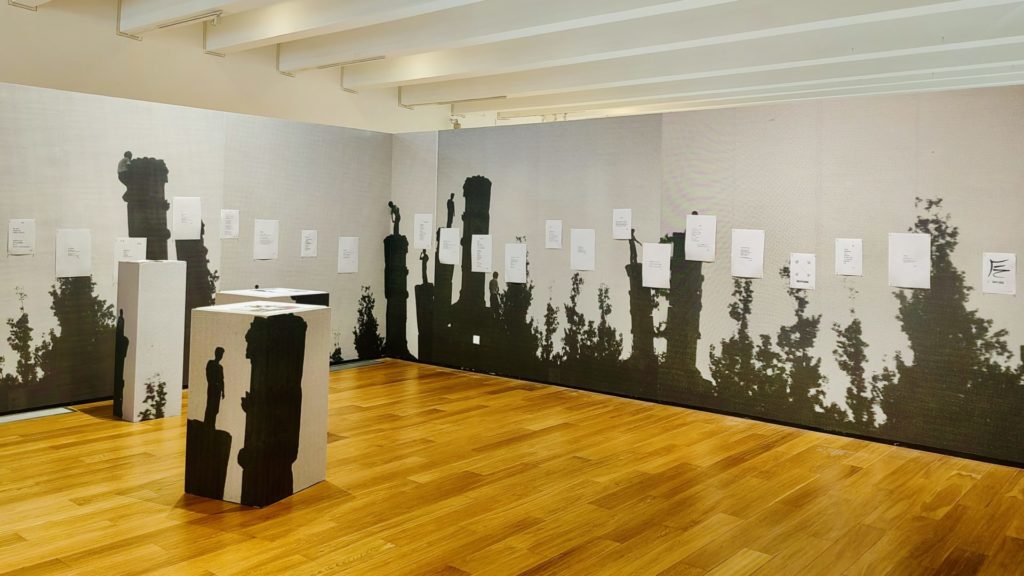


View of the exhibition «Rebuilding everything from a shell», 2024



Combining poems, drawings and photographs, unpublished archives and an autobiographical account, Rebuilding everything from a shell brings small history into the big picture, reactivating the memory of a forgotten episode in relations between French and Chinese artists, at a time when China was just beginning to open up to the world. The installation consists of a large fresco reproducing photographs of the “first Yuanmingyuan international poetry-performance encounters ” created by Julien Blaine and the artists and poets he met in Beijing in 1981, on which are displayed extracts of texts and poems in French and Chinese taken from the magazine DOC(K)S, as well as a scrapbook evoking at once a travel journal, a family album and a diary.
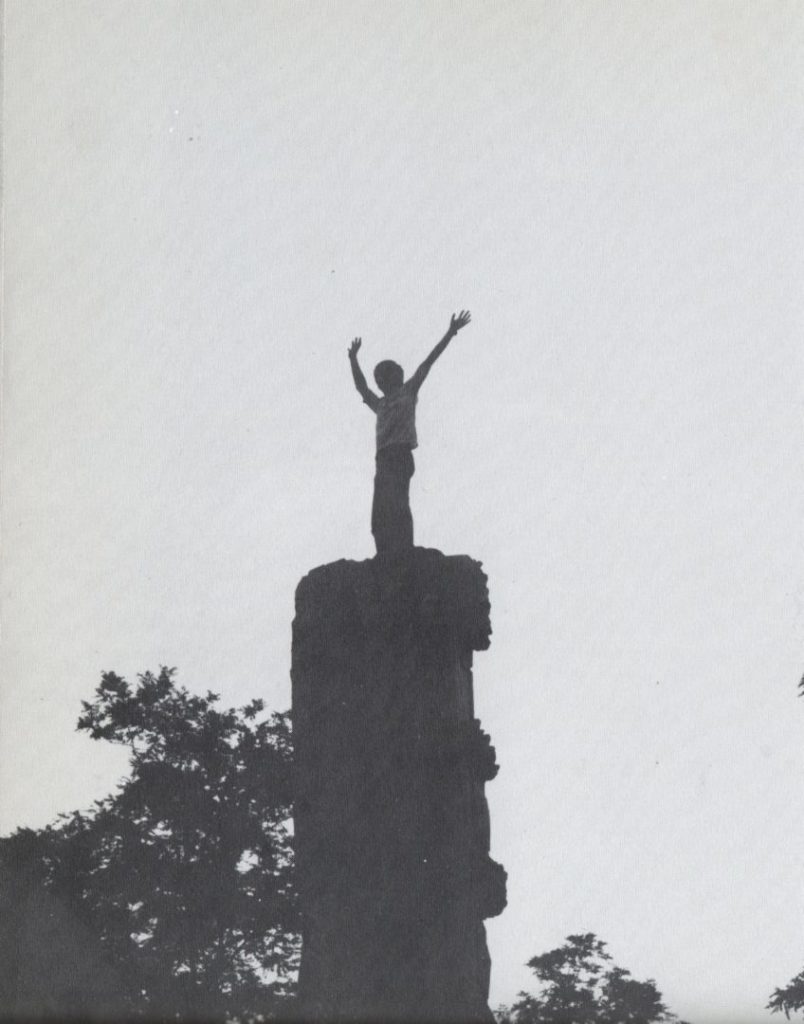
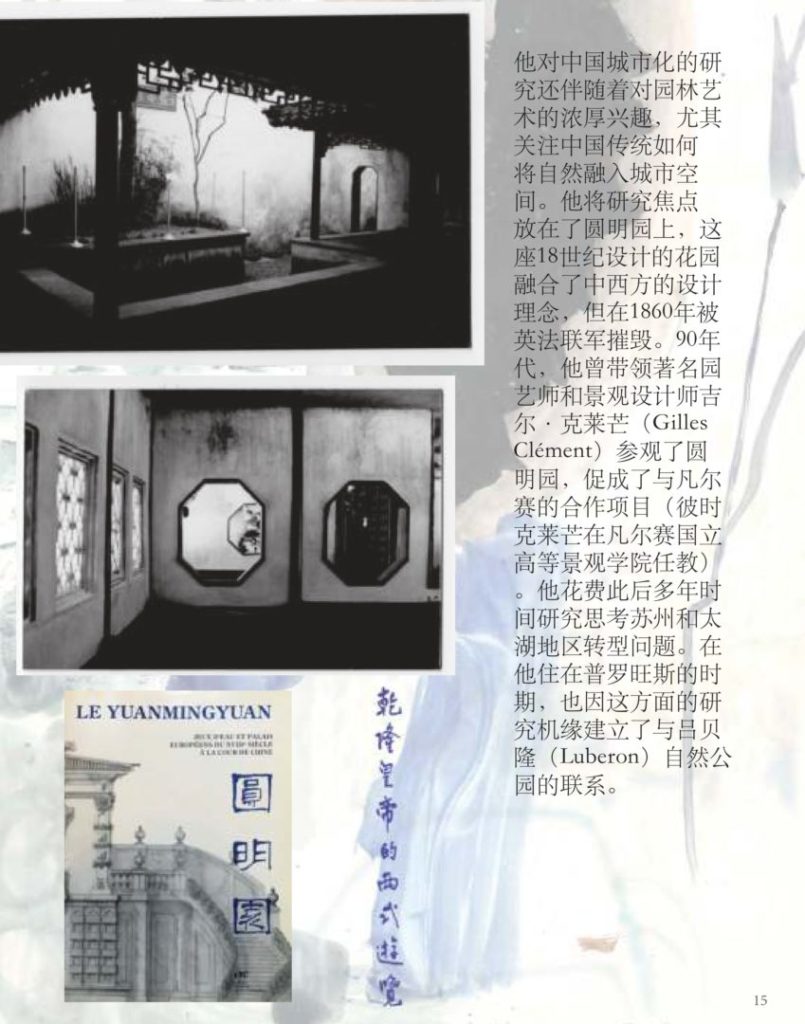
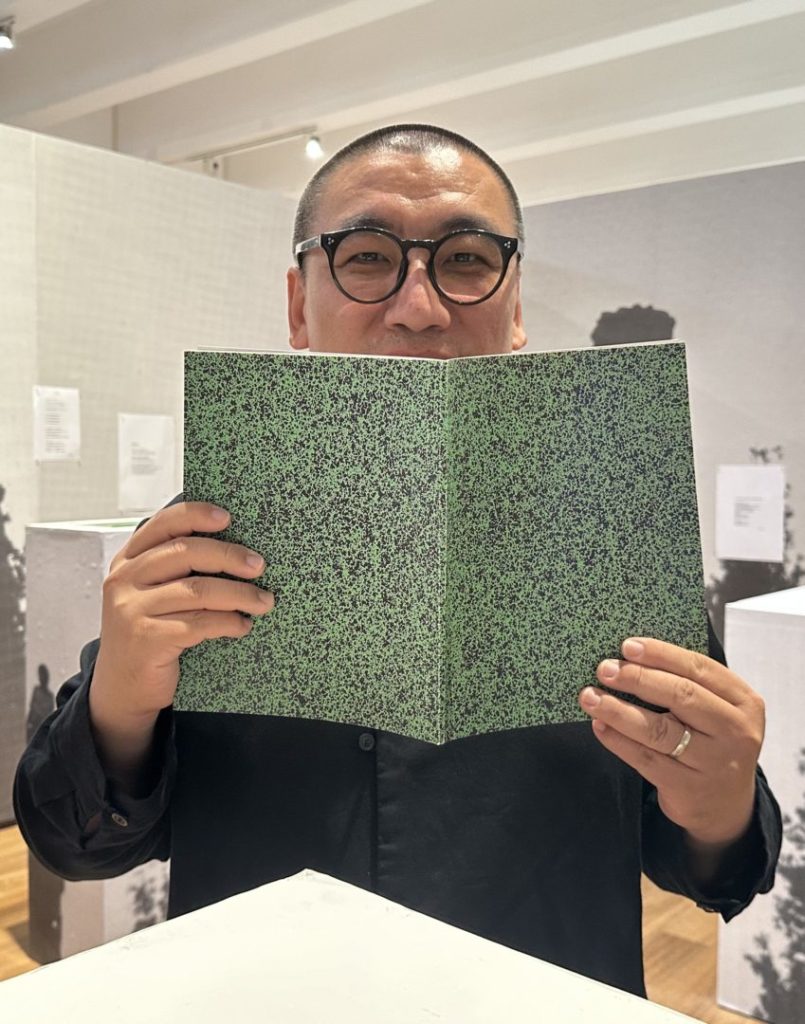
Built on the outskirts of Beijing in the 17th century by the emperors Yongzheng and Qianlong according to Chinese and European principles, with the help of the Jesuits Giuseppe Castiglione and Michel Benoist, the Garden of Perfect Clarity (Yuanmingyuan) was destroyed by French and British troops during the Second Opium War in 1860. In the late 70s and early 80s, the ruins of the former Summer Palace of the Emperors served as a backdrop for the emerging generation of artists and poets. On the ruins of the past, composed from memories and a forgotten book, “Rebuilding everything from a shell” (taken from Julien Blaine’s line “We’ll have to rebuild everything from a shell, the only intact vestige of the palace“) revives the memory of the beginnings of Chinese contemporary art and questions notions of historical rupture, artistic avant-garde, public space, and transmission, reminding us of the need for dialogue with the other beyond differences.
This installation was specially created for the “We will meet again again again” exhibition.
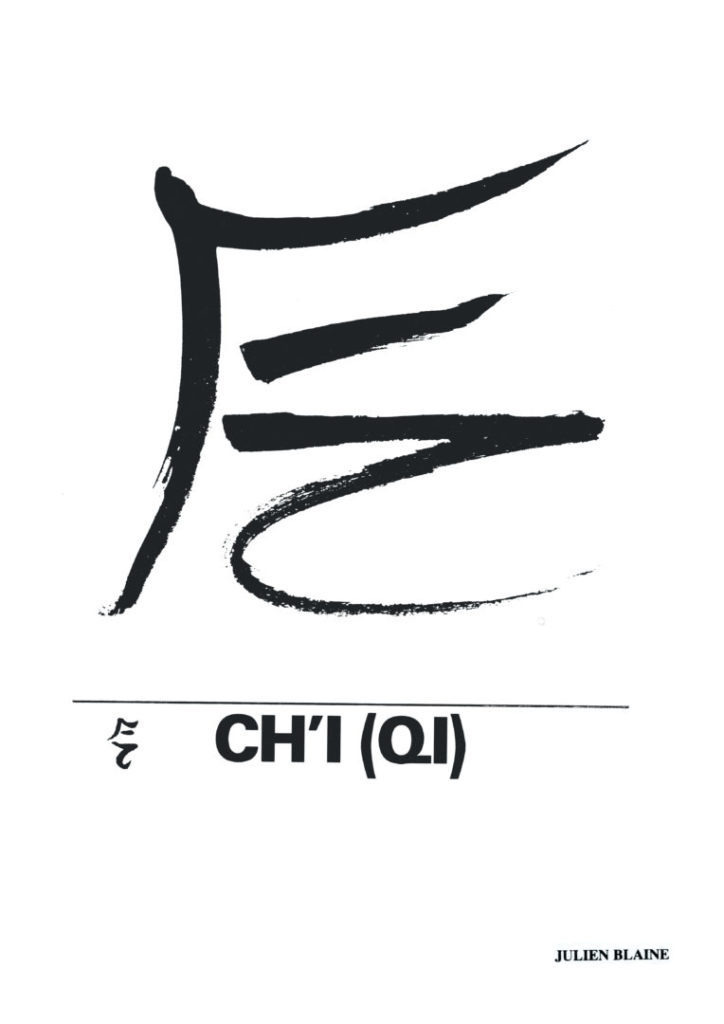
“Poèmes métaphysiques, poème n°45” by Julien Blaine. Page from DOC(K)S magazine
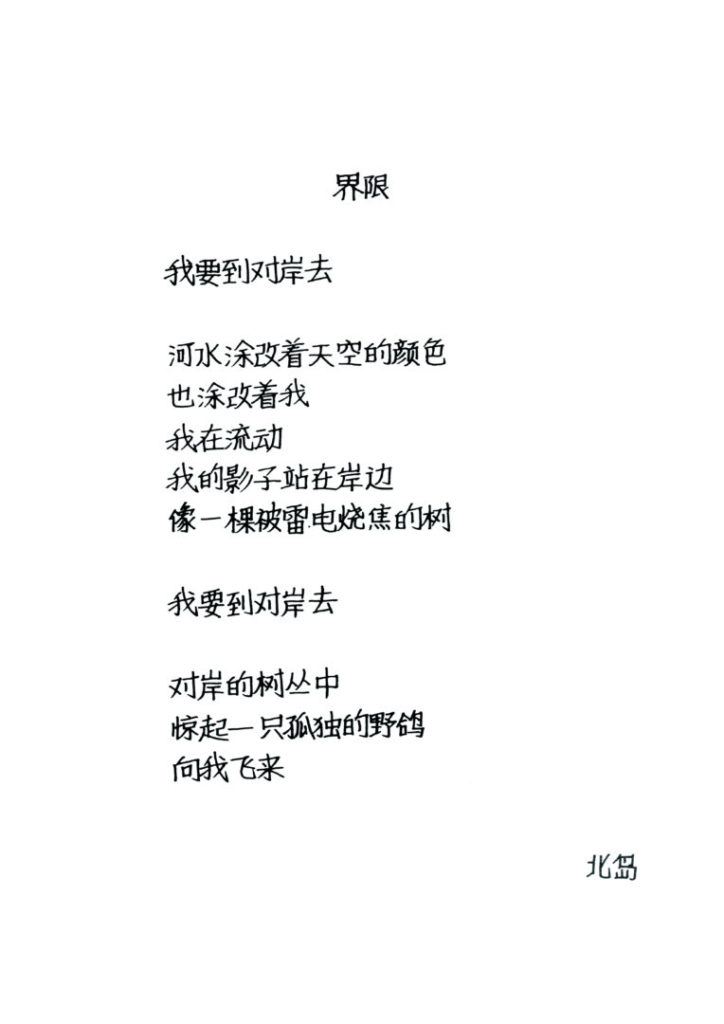
Bei Dao's “Frontier”. Page from DOC(K)S
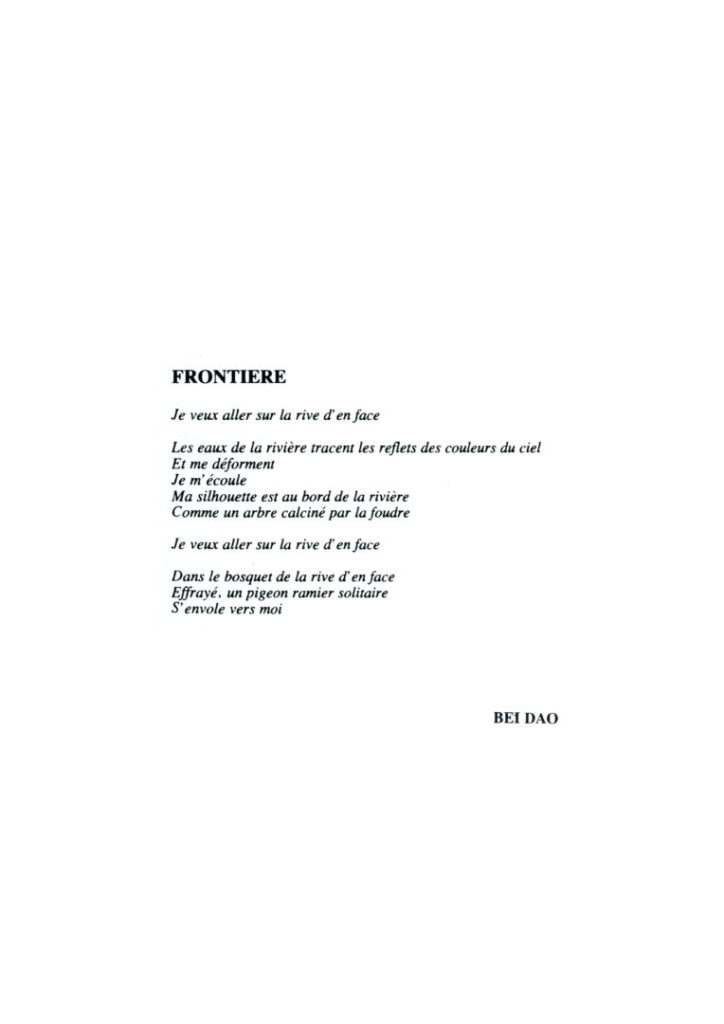
Bei Dao's “Frontier”. Page from DOC(K)S
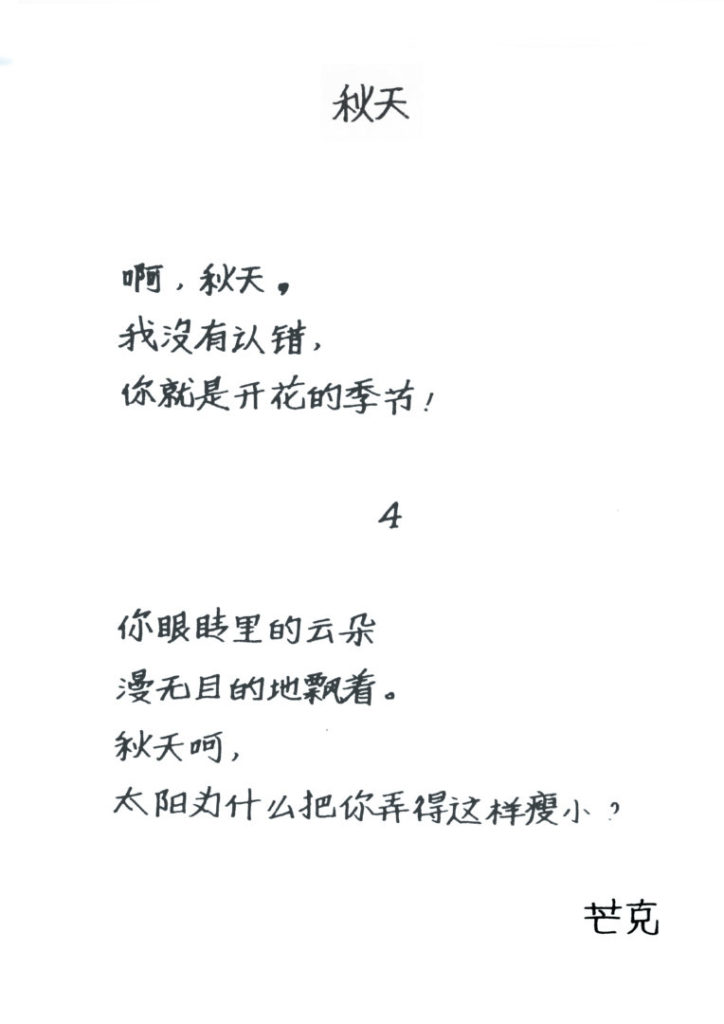
"Automne" de Mang Ke. Page extraite de la revue DOC(K)S
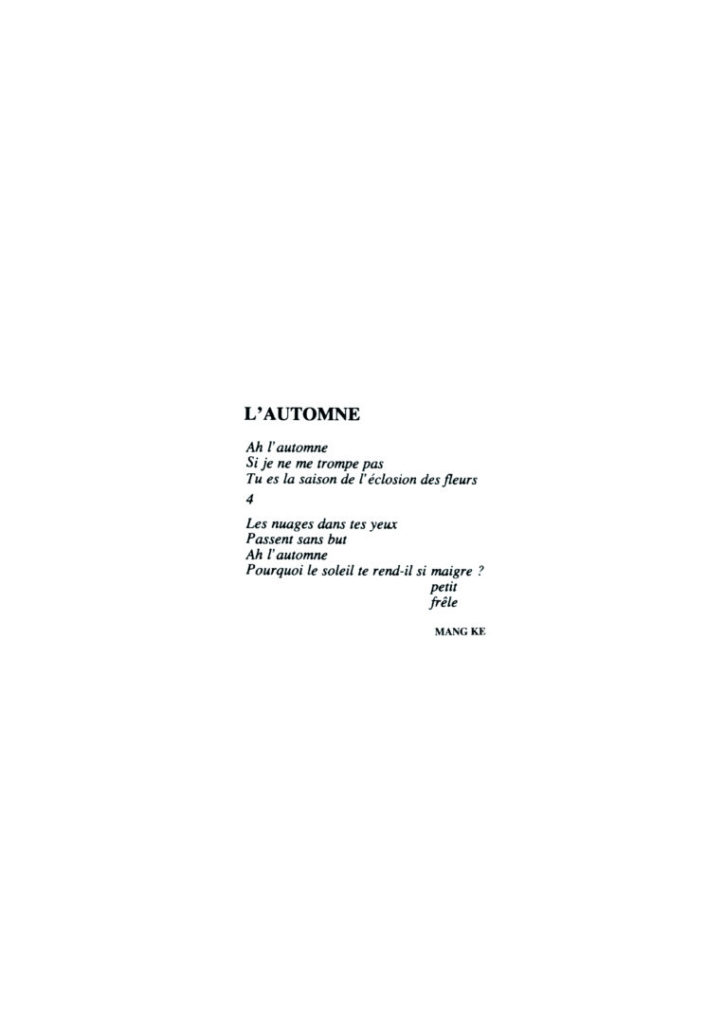
"Automne" de Mang Ke. Page extraite de la revue DOC(K)S
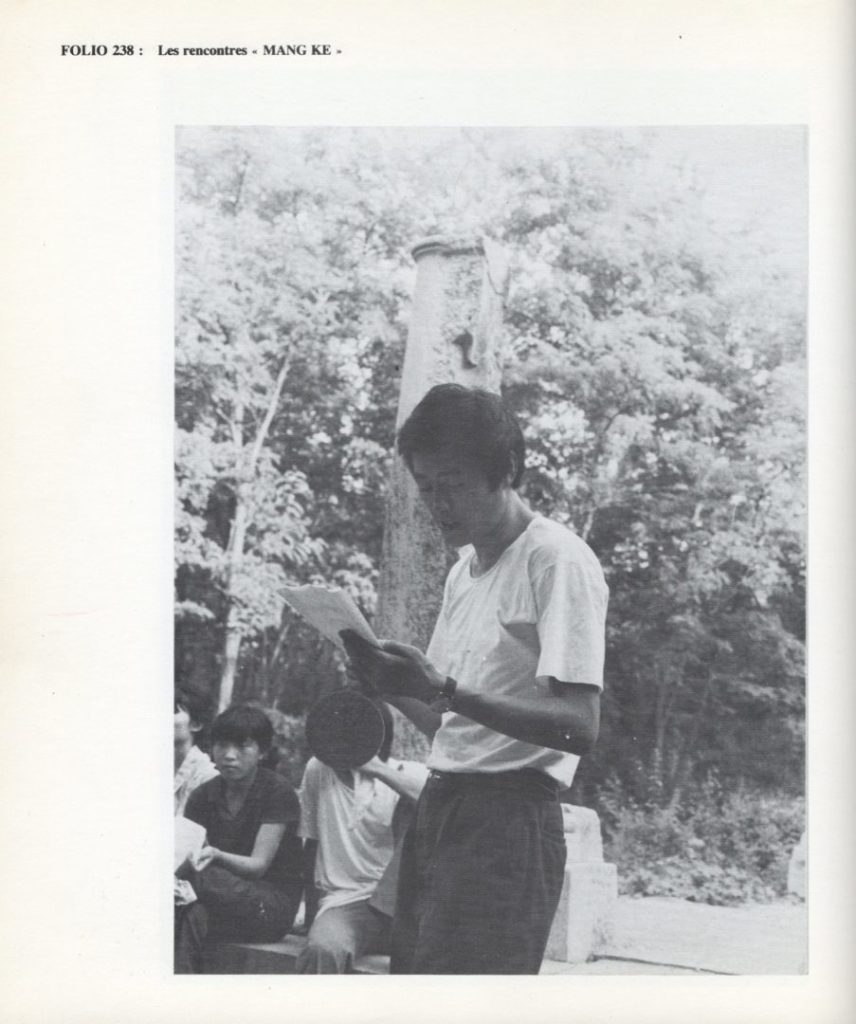
“Meetings. Mang Ke”. Page from DOC(K)S

“Poèmes métaphysiques, poème n°45” by Julien Blaine. Page from DOC(K)S magazine

Bei Dao's “Frontier”. Page from DOC(K)S

Bei Dao's “Frontier”. Page from DOC(K)S

"Automne" de Mang Ke. Page extraite de la revue DOC(K)S

"Automne" de Mang Ke. Page extraite de la revue DOC(K)S

“Meetings. Mang Ke”. Page from DOC(K)S
Biography
Born in Paris in 1985, Victoria Jonathan is curator and co-founder of Doors 门艺, a curation, production and artistic consultancy platform based in Paris and Beijing. She lived in China for several years, after studying philosophy and sinology at Columbia University and La Sorbonne, collaborating with the New York sound art collective Soundwalk and making documentaries on Beijing avant-gardes (France Culture). She co-directed the Jimei x Arles festival (created in China by French photo festival Les Rencontres d’Arles), where she founded the first prize for Chinese women photographers. As a curator, she is particularly interested in issues relating to history and collective memory, the representation of landscape in a time of ecological emergency, and the links between vernacular forms and contemporary creation, with a transnational and transdisciplinary approach nourished by her knowledge of the art scenes in Asia, Europe and North Africa. In 2024, she is guest editor of the French edition of the Chinese contemporary art magazine LEAP on the occasion of the exhibition 目 China. A new generation of artists at the Centre Pompidou in Paris (October 9, 2024-February 3, 2025).
Philippe Jonathan is a French architect born in 1952. He lives and works in Provence. In the history of exchanges with China, Philippe Jonathan occupies a special place: he was one of the first foreign architects to study and carry out professional missions there, closely combining urban planning, architecture and research. After graduating from Tsinghua University in 1982, he led a number of cooperative urban planning projects, notably in Beijing and the Lake Tai (Suzhou) and Lake Liangzi (Wuhan) regions. He has taught at the École nationale supérieure d’architecture Paris-Malaquais (Beaux-arts de Paris) and the École nationale supérieure d’architecture de Paris-La Villette. His architectural studio, located in a beautiful stone quarry in the Luberon regional nature park, designs private projects and public buildings, with recognized expertise in the bio-climatic field. His taste for the arts has led him to collaborate with or design spaces for many creative artists, including French stage director Antoine Vitez, Italian film actor Marcello Mastroianni, Japanese fashion designer Irié and Israeli filmmaker Amos Gitaï. The quarry also hosts exhibitions and, every year, philosophical encounters. https://jonathanarchitectes.com
French poet, performer and artist Julien Blaine was born in Rognac on September 19, 1942, under the name Christian Poitevin. By the late 1950s, Julien Blaine had established himself as one of the most prolific poets of his generation. In 1959, he founded L’Éventail, his first poetic research group. He then traversed the second half of the twentieth century, participating in the creation of various poetic outposts: concrete, spatialist, semiotic, visual, sound and elemental poetry. Each time, he overturns the stylistic canons of the genre, defying its scriptural procedures and shifting its formal boundaries, notably through performances. His abundant bibliography is in itself a move beyond the book as “residue” and commodity. He is as much a part of an aesthetic and political critique of the sign, with, for example, the Manifeste de Mai in ideogram form (1968), as he is of an experiment in original writing with Les cahiers de la 5e feuille (2001-2008). His innumerable poetic actions began as performances in 1962 and ended in 2004, later metamorphosing into “declar’actions” and Installation Humaine Anonyme Laissée Là par Inadvertance (2012).
